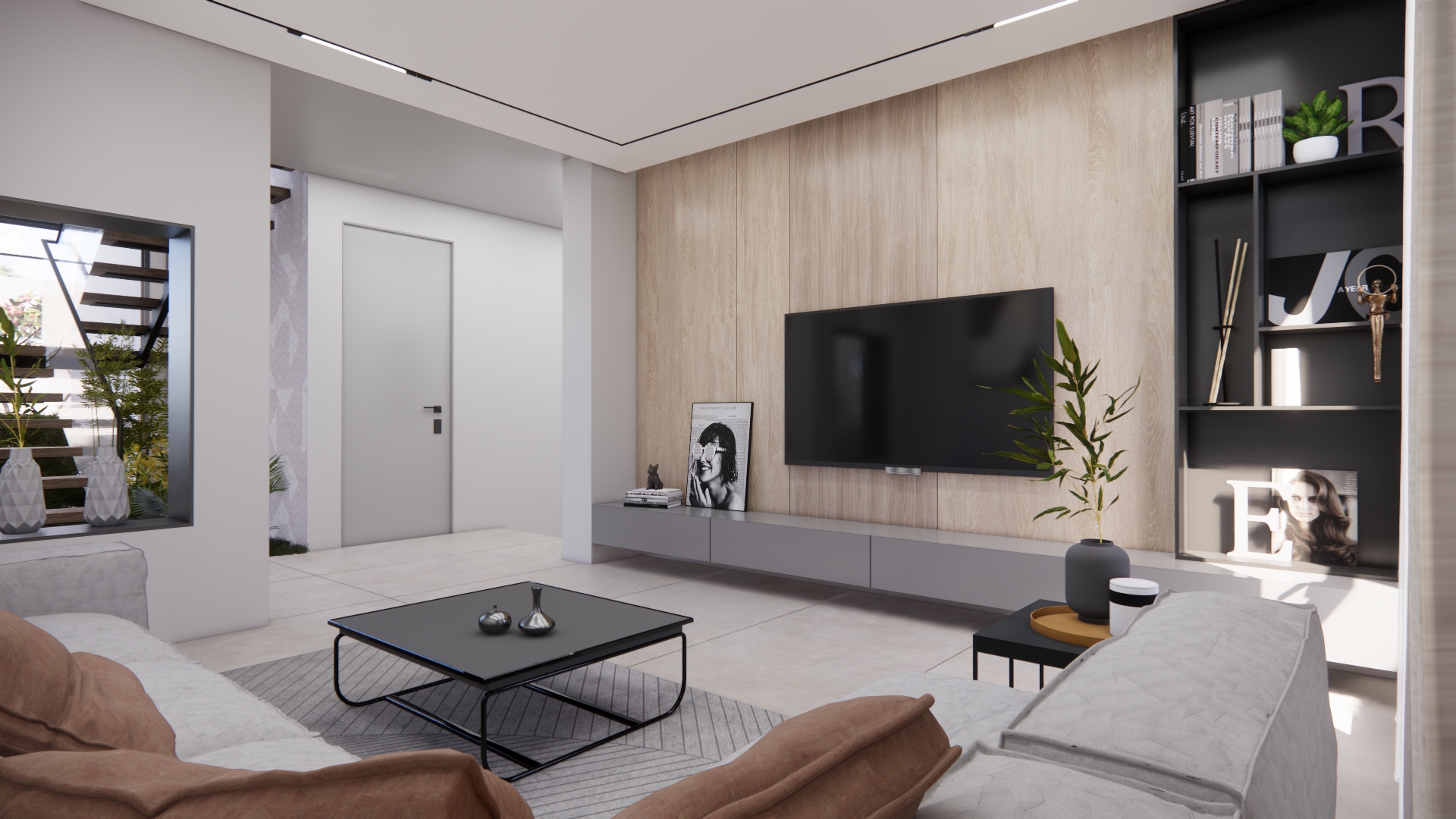Table of Contents
Introduction: The Green Wave in Aussie Construction
Imagine a sleek, modern home in Melbourne, powered entirely by solar energy, with rainwater tanks tucked neatly under the eaves and a garden filled with native plants. This vision of sustainable living is fast becoming a reality for Australian builders. With targets for net-zero emissions by 2050 and increasing demand for environmentally friendly homes, builders are embracing 3D rendering technology to design houses that are not only beautiful but also green.
Disclaimer: The data and statistics referenced here reflect industry observations and case studies. For critical decisions, we recommend cross-checking with independent sources.

1. Why Sustainability is the Talk of the Town
Australian homebuyers today seek more than just a roof over their heads—they want energy efficiency, low running costs, and resilience in the face of climate extremes. Features like solar panels, double-glazed windows, and bushfire-resistant designs are in high demand. However, achieving these goals requires precise planning and visualisation. This is where 3D rendering steps in, enabling builders to envision every detail before construction begins and helping to reduce costly errors.
2. How 3D Rendering is Helping Builders Go Green
A. Say Goodbye to Waste
In the past, design flaws often meant expensive rework on the construction site. With 3D rendering, builders can detect and resolve issues in the digital model, leading to more accurate material estimates and significantly less waste. For instance, a Brisbane builder reportedly reduced material waste by 25% on a sustainable townhouse project.
For example, a builder in Brisbane used 3D renders to cut material waste by 25% on a sustainable townhouse project. This not only saves money but also reduces the environmental impact of construction.
B. Collaboration Made Easy
3D renders serve as a universal language among architects, engineers, and clients. Everyone can see a realistic depiction of the project—from the placement of solar panels to the integration of rainwater systems. This transparency not only speeds up client approvals but also fosters smoother teamwork throughout the project lifecycle.
C. Meeting Aussie Green Standards
Australia’s stringent green building codes such as BASIX and NatHERS require precise thermal, energy, and safety modelling. 3D rendering allows builders to simulate how a design will perform under real-world conditions, ensuring compliance with regulations and the successful delivery of truly sustainable homes.
3. Real-Life Example: A Net-Zero Success Story
Let’s take a look at a real project in Adelaide. The challenge was to build 20 energy-efficient townhouses on a tight budget. The team used 3D rendering to simulate passive solar designs, double-glazed windows, and native landscaping. The result? The homes achieved net-zero energy use, and the project won a 2024 HIA Green Smart Award. According to the builder, “3D rendering was a game-changer. It helped us visualise every detail and ensure the homes were as sustainable as possible.”
4. Tools of the Trade: What Aussie Builders Are Using
If you are thinking about getting started with 3D rendering, here are the top tools Aussie builders swear by. Autodesk Revit is perfect for integrating Building Information Modelling (BIM), while Lumion is great for creating stunning visuals of green roofs and solar farms. For smaller projects, SketchUp + V-Ray offers a cost-effective option. Many builders also partner with local 3D rendering companies in Sydney or Melbourne for region-specific expertise.
5. Challenges? We have Got Solutions
Of course, adopting new tech is not always smooth sailing. Builders face challenges like training costs, hardware demands, and data security. But don’t worry, there are solutions. Many Australian rendering firms offer subscription-based training and cloud rendering services to make the transition easier.
For example, a Perth-based builder saved thousands by outsourcing their 3D rendering needs to a local provider, allowing them to focus on construction while the experts handled the visuals.
6. The Future: What’s Next for 3D Rendering in Australia?
The future looks bright (and green!) for 3D rendering in Australia. We are seeing AI-powered designs that use predictive analytics to reduce carbon footprints, virtual reality walkthroughs that let clients “walk through” their sustainable home before it’s built, and government incentives like Victoria’s Solar Homes Program that encourage builders to adopt green tech. As these trends continue, 3D rendering will play an even bigger role in shaping Australia’s sustainable housing landscape.
Conclusion: Building a Greener Australia
3D rendering is not just a fancy tool, it is a game-changer for Aussie builders. By embracing this tech, you are not just building homes, you are building a sustainable future for Australia. Whether you are designing a solar-powered home in Perth or a bushfire-resistant retreat in NSW, 3D rendering can help you bring your vision to life—efficiently, affordably, and sustainably.
Ready to get started? Reach out to our 3D rendering services today and take the first step toward greener building practices.


